With their fluffy white coat and captivating blue eyes, the Ragdoll breed is one of the most strikingly beautiful cats out there. But it's their personality that's made them steadily rise in popularity over the years. They are known for being super floppy, cuddly, affectionate, and loyal, making them perfect for any family looking for a new best friend.
Ragdoll Cat Breed Origin and History
The Ragdoll cat first appeared in the mid-1960s in Riverside, California when cat breeder Ann Baker became fascinated with a half-feral Persian cat she called Josephine. The stray was hit by a car, but Baker's neighbors nursed her back to health and she eventually had kittens.
Baker believed that Josephine's genes had been rearranged somehow in the accident, leading to friendly and docile kittens. She decided to breed a few of her favorite kittens, including one she called Daddy Warbucks. His offspring resembled the Ragdoll cats we know today, with fluffy white bodies and darker points on their limbs, tail, and head.
The Cat Fanciers Association (CFA) registered the Ragdoll cat in 1993. They didn't receive full recognition until 2000, around the same time that the American Cat Fanciers Association and the International Cat Association registries recognized the Ragdoll cat as well.
Ragdoll Cat Breed Personality
The Ragdoll cat is one of the friendliest cat breeds in the world, specifically bred to be calm, loving, and cuddly. Being an affectionate cat, Ragdolls love spending time with humans, greeting you at the door when you come home, cuddling with you on the couch, and following you from room to room. They are most known for their tendency to "flop" when held. They will easily collapse into the arms of anyone who holds them.
Unlike a lot of cat breeds that don't see the point in giving in to their owner's silly demands, the Ragdoll cat is known to play fetch and learn some tricks, like coming when called or sitting. While the Ragdoll cat is often described as "docile," this is still a cat breed who loves to play, especially with their family.
Related: Separation Anxiety in Cats: The Signs and Symptoms to Look Out For
Ragdoll Cat Breed Physical Characteristics
The Ragdoll cat is a large and beautiful breed with a lot of standards and a variety of coat patterns. According to the Cat Fanciers Association, Ragdoll cats don't get their full coat color until they are two years old, and they are four when they finally reach their adult size and weight.
Ragdoll Cat Size
The Ragdoll cat is one of the largest cat breeds in the world, even bigger than the Maine Coon and Norwegian Forest Cat. And it's not all fluff! Male Ragdolls weigh between 15 to 20 pounds, with females ranging from 10 to 15. There are many male Ragdoll cats well above 20 pounds. The Ragdoll cat's body is firm and muscular, with a broad chest and a long, fluffy tail.
Head
Ragdoll cats naturally have a large head that's proportionate to the rest of their body. It's very symmetrical, with wide and moderately flared ears. They have wide-set large, round eyes and long, straight whiskers. They often have a friendly or inquisitive expression. Their heavy and strong neck is covered in thick fluff starting right below their chin.
The eyes of the Ragdoll cat are one of their most striking physical features. They come in different shades of blue, including blue-green, and sometimes gold, all of them equally stunning. No matter their coat pattern or color, their blue eyes always stand out.

Legs & Paws
The Ragdoll cat has moderately long legs, with their back legs being a bit longer than the front. The CFA states that Ragdolls have "full, feathery britches," which means they have a lot of fluff on their back legs. When it gets closer to their feet it tapers down a bit. Their paws are proportionately large and they often have long tufts of hair sticking out from their paws that may need to be trimmed here and there.
Coat
The Ragdoll cat's medium-length fur comes in a variety of coat patterns and colors. The colors include:
- Seal: Think of a Siamese cat. The Ragdoll cat will be white with dark brown points on its head, feet, and tail.
- Chocolate: This can range from light brown to dark, chocolate brown. This color is often complimented by lilac and cream.
- Blue: This is a medium to light gray, sometimes called "blue-grey." The blue point color will also be on their back.
- Lilac: This is similar to blue, but a lot lighter. They also have more white than the blue coat does.
- Red: Also called "flame," this is a bright orange color that's often associated with Ragdolls with a red mitted coat.
- Cream: This is a lighter version of the red coat color.
Ragdoll Cat Breed Health Problems
The average life expectancy of the Ragdoll cat is 12 to 15 years old. To ensure that they live a full and happy life, it's important to be aware of the common health problems associated with this cat breed.
When Ragdoll kittens are born, they can inherit a heart disease called hypertrophic cardiomyopathy. This is a condition where a portion of the heart becomes thickened, causing the blood to pump ineffectively. You may notice your Ragdoll being short of breath and more lethargic than usual. There are DNA tests available to help identify which cats carry the mutation that causes this disease.
Ragdoll cats are also at an increased risk for calcium oxalate bladder stones and feline infectious peritonitis (FIP). This is a viral disease that attacks the cells of the cat's intestinal wall. A cat with FIP may be lethargic and have trouble breathing.

Ragdoll Cat Care
While being kept indoors is recommended for all cats, it's even more detrimental for the Ragdoll due to their friendliness. They are known to approach random dogs, skunks, and humans, which could result in them getting attacked, sprayed, or cat-napped. They also have long fur that can easily get dirty or matted from being exposed to the elements.
Unlike other semi-long hair cat breeds, the Ragdoll only needs minimal grooming. Plush and silky, the Ragdoll cat has a coat that sheds a good amount. They can also experience matting because of their thick, dense undercoat. Use a steel comb on a regular basis to remove loose hairs and get rid of tangles. Daily brushing will prevent a build-up of knots. You can also trim the fluff between their toes when it gets too long.
The food you feed your cat should include a named meat source and taurine on the ingredients list. Watch out for food that replaces meat with wheat, corn, and other carbohydrate "fillers." When it comes to treats, provide them with natural and healthy alternatives that are still full of tasty flavors they enjoy. Remember to make sure your Ragdoll's treats don't make up more than 10% of their caloric intake.
Ragdolls also get along great with other pets. In fact, it's often recommended that you get a feline friend for your Ragdoll since they need constant companionship. They will also get along very well with well-mannered dogs, sometimes even forming close bonds with them.
More About This Breed
Ragdolls were recently named one of the best breeds for apartment living by Realtor.com. That's because Ragdoll kittens are known to be very, very quiet. Even most adult Ragdolls have very soft meows, even when begging for extra food.

Beautiful and lovable, it's no surprise that many Ragdolls have become famous. One of the most famous Ragdolls was Matilda, a resident cat that watched over the well-known Algonquin Hotel in New York City. After she unfortunately passed, Hamlet took over her coveted role!
Merlin the Mad Ragdoll is another famous cat of the same breed. Interestingly enough, he is known for his permanently grumpy expression — sort of odd for such a friendly cat!
Another well-known Ragdoll is Frank and Louie, the longest-living Janus Cat of all time. A Janus Cat is a kitty born with two faces, named after the Roman god of the same name. Frank and Louie had two functioning eyes, two noses, and two mouths. His shocking appearance made most people assume he wouldn't live past kitten-hood, but he passed away at 15-years-old in 2014.
The Ragdoll cat cost typically ranges from $800 to $2,500, depending on factors like pedigree, breeder reputation, and whether the cat is intended as a pet or for show. Pet-quality Ragdolls are on the lower end of the scale, while show-quality or rare-colored Ragdolls can command much higher prices. As a purebred cat, they may seem like a significant investment, but their gentle nature, striking appearance, and low-maintenance personality make them well worth the expense for many cat enthusiasts.

Final Thoughts
With stunning blue eyes and luxurious fur, the Ragdoll is a beautiful cat with a strange history. Despite their odd start, in comparison to other felines, the Ragdoll is now one of the most popular breeds in the United States, delighting families everywhere with their beauty and uniquely cuddly nature!

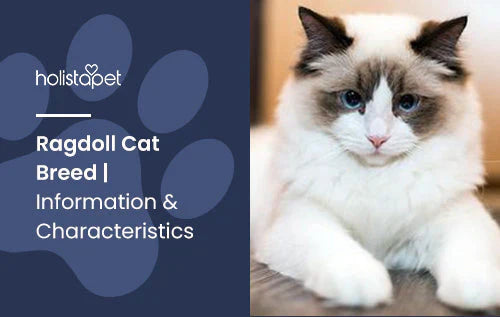
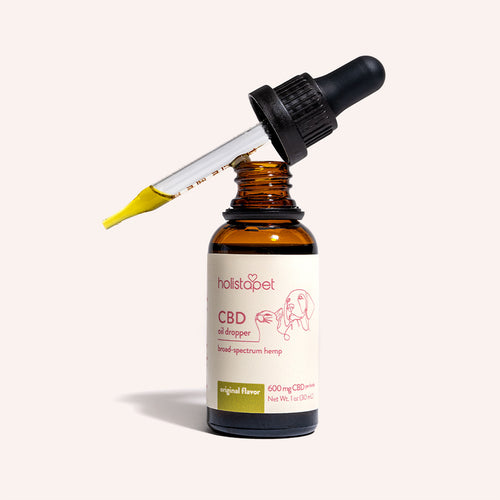 CBD Oil for Cats - Fast Acting
CBD Oil for Cats - Fast Acting
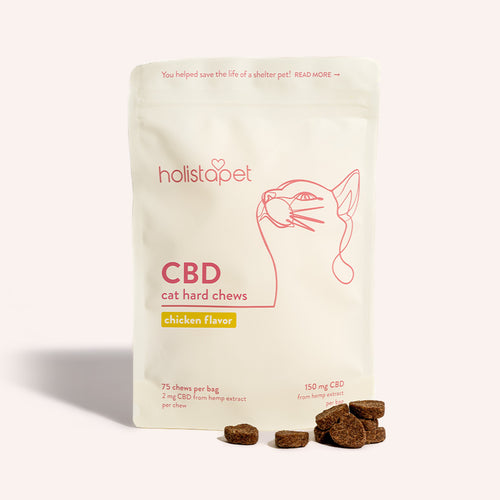 CBD Cat Treats - Easy Dose
CBD Cat Treats - Easy Dose
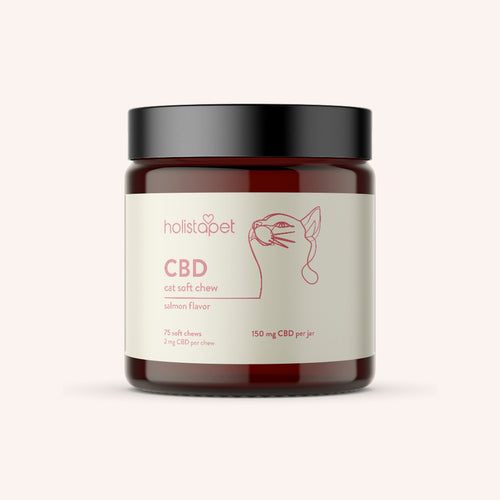 CBD Calming Chews for Cats - Highly Rated
CBD Calming Chews for Cats - Highly Rated
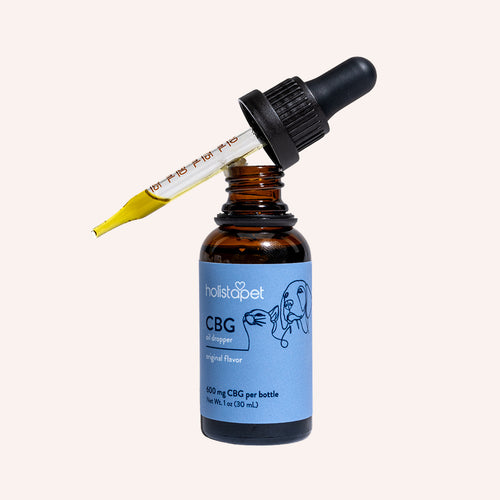 CBG Oil for Dogs and Cats - Loved by Thousands
CBG Oil for Dogs and Cats - Loved by Thousands


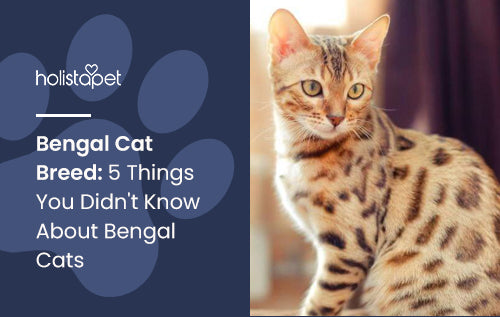
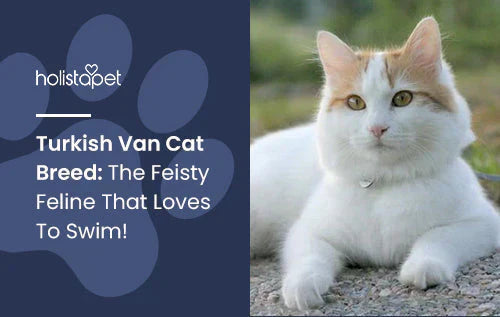

Leave a comment
All comments are moderated before being published.
This site is protected by hCaptcha and the hCaptcha Privacy Policy and Terms of Service apply.